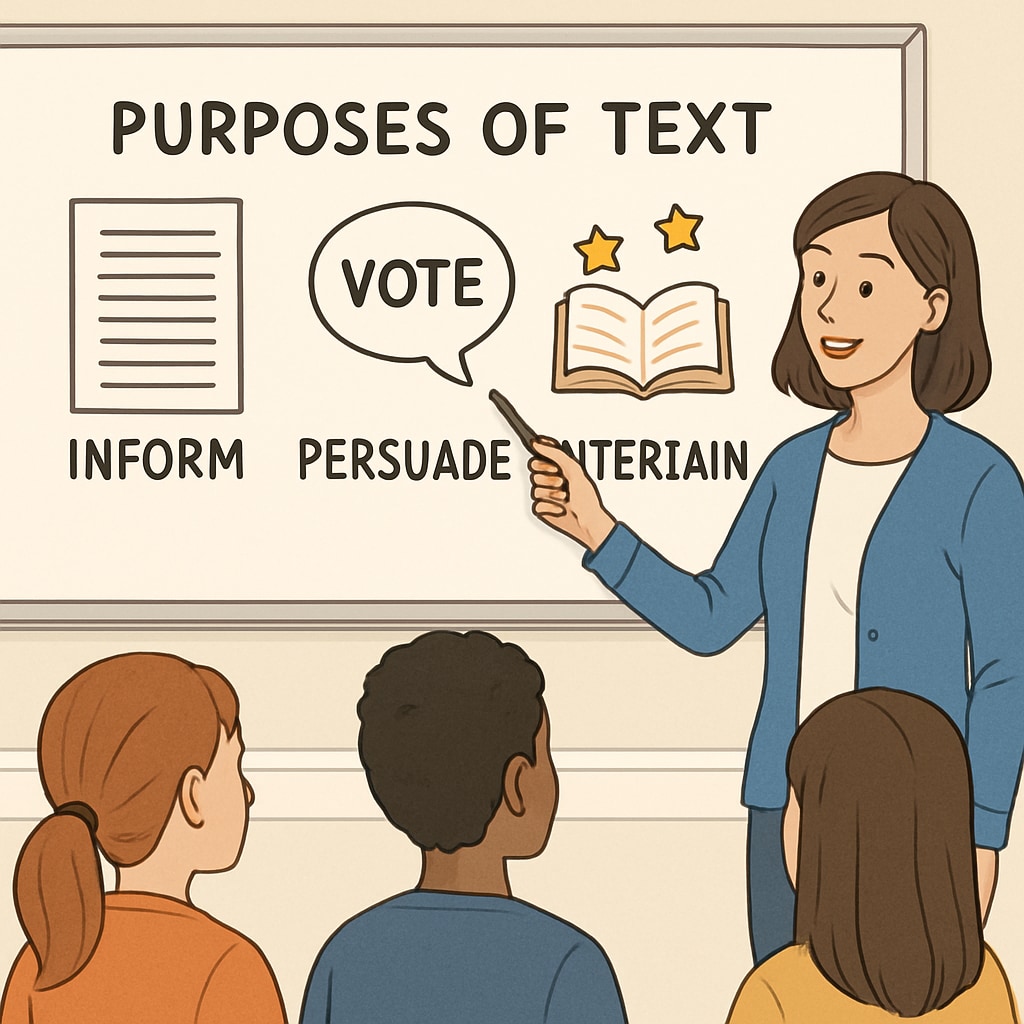Functional Skills English exams often challenge students, especially when tasked with identifying the purpose of a text. Many K12 learners struggle to distinguish between texts designed to inform, explain, or persuade. This skill is crucial not just for exams but also for everyday communication. In this guide, we’ll explore practical techniques to decode text purposes with ease and confidence.
Why Identifying Text Purposes Matters
Understanding the purpose of a text is foundational for effective reading comprehension. Whether you’re analyzing an article, an advertisement, or a report, knowing its intent helps you interpret the content accurately. For example, an informative text provides factual data, while a persuasive piece aims to influence your opinions or actions. Misidentifying the purpose can lead to misunderstanding and poor exam performance.

Key Strategies to Decode Text Purposes
To excel in Functional Skills English exams, learners can rely on systematic techniques to identify text purposes. Here are three practical strategies:
- Analyze the text’s language and tone: Persuasive texts often use emotional appeals, strong adjectives, and direct calls to action (e.g., “Act now!” or “Don’t miss out!”). Informative texts, on the other hand, are neutral and factual.
- Look for explicit textual markers: Texts designed to explain often use phrases like “in order to,” “this means that,” or “as a result.” These markers signal a logical explanation or cause-and-effect relationship.
- Consider the format and structure: Advertisements, campaign flyers, and opinion columns are usually persuasive, while news articles and instruction manuals lean toward informative or explanatory purposes.
By combining these strategies, students can better differentiate text types. Practice is vital; honing this skill through sample exercises builds confidence and sharpens interpretation abilities.
Common Pitfalls and How to Avoid Them
While identifying text purposes may seem straightforward, students often fall into traps. Here are some frequent mistakes and tips to overcome them:
- Over-relying on keywords: Words like “important” or “urgent” might suggest persuasion, but their presence in a text does not guarantee its purpose. Always evaluate the overall tone and content.
- Ignoring context: A text’s purpose often depends on where and how it is presented. For example, a casual blog post could aim to entertain, while the same topic in a research paper might aim to inform.
- Misinterpreting mixed purposes: Some texts serve dual roles, such as informative advertisements. In such cases, focus on the primary intent based on the dominant features.

Applying Text Purpose Identification in Exams
Functional Skills English exams often include passages with varied purposes. Here’s how to approach them confidently:
- Read the instructions carefully: Exam questions often hint at the expected purpose (e.g., “What is the writer trying to achieve?”). Use this as guidance.
- Skim for clues: Quickly scan for subheadings, repeated phrases, and concluding statements to identify the overall intent.
- Verify your choice: Use evidence from the text to support your conclusion. If a passage seems persuasive, find examples of emotional appeals or direct calls to action.
Additionally, practicing with past exam papers can help familiarize students with common text types and their associated purposes. Over time, this reduces anxiety and boosts performance.
Conclusion: Mastering Functional Skills English
Identifying text purposes is a critical skill for success in Functional Skills English reading exams and beyond. By analyzing language, tone, and structure, students can confidently differentiate between informative, explanatory, and persuasive texts. Avoiding common pitfalls and applying systematic techniques ensures better comprehension and higher exam scores. Start practicing today, and unlock the secret to effective reading!
Helpful Resources: For further study, explore Reading Comprehension on Wikipedia and Functional Skills on Britannica.


